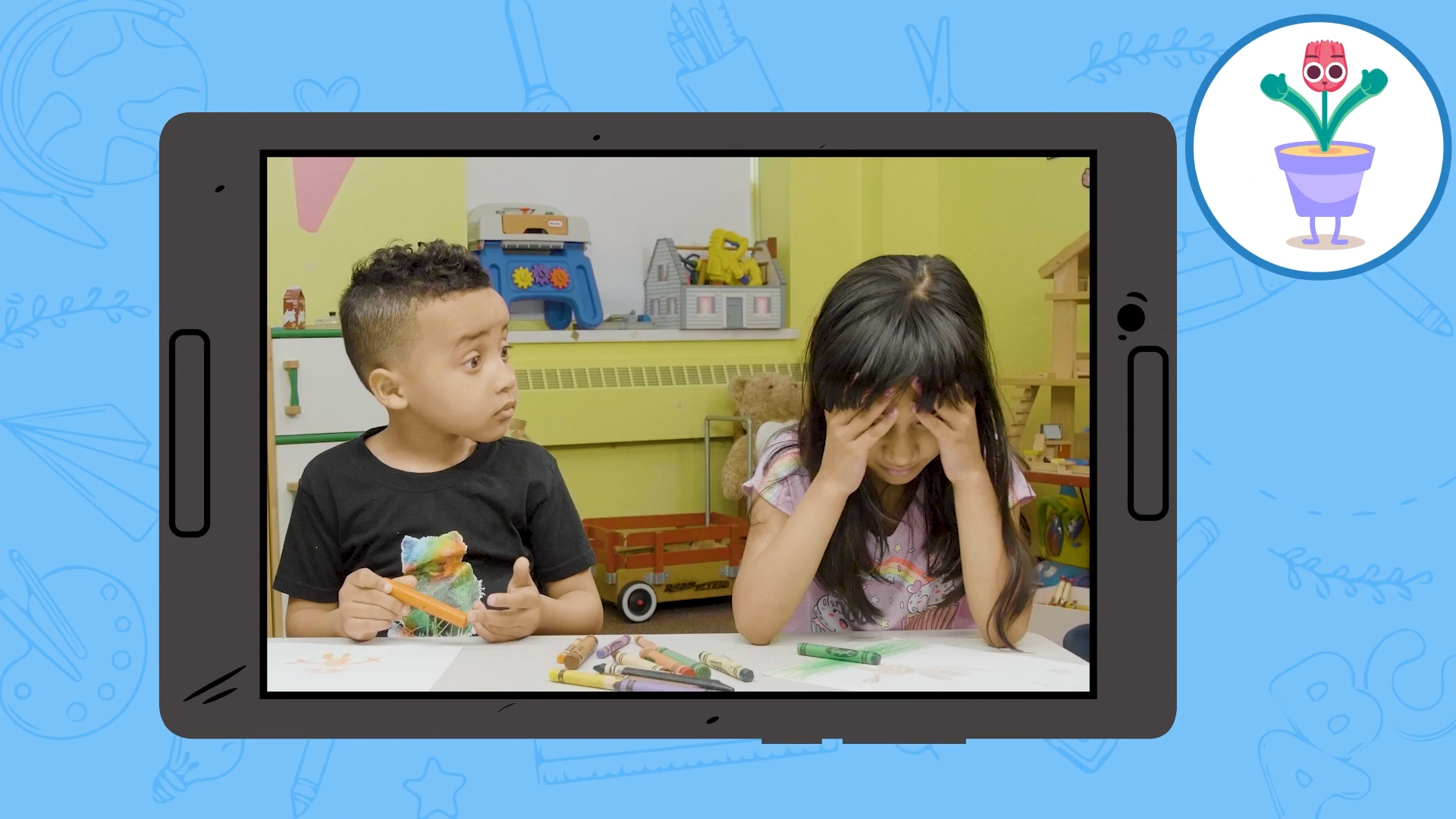
Introduction
As educators, we understand the importance of creating a positive learning environment where students feel good about themselves. By incorporating Social-Emotional Learning principles, we can help our students develop healthy self-esteem and self-confidence. In this blog post, we’ll explore an easy no-prep activity, thought-provoking discussion questions, and related skills to promote self-esteem in the classroom.
No-Prep Activity: The Compliment Circle
This simple activity requires no materials or preparation, and it’s an excellent way for students to recognize and appreciate one another’s strengths. To begin, have your students sit in a circle. Each student takes turns giving a genuine compliment to the person on their left. This can be something they admire about their classmate, a skill they’ve noticed, or even a kind act they’ve witnessed. Encourage students to be specific and sincere in their compliments. After everyone has received a compliment, discuss the positive impact of sharing and receiving kind words.
Discussion Questions
- How did you feel when you received a compliment from your classmate? How did it affect your self-esteem?
- Why is it important to focus on the positive aspects of ourselves and others?
- What are some strategies you can use when you’re feeling down or not confident about your abilities?
- How can we support each other in feeling good about ourselves in the classroom?
- Why is it essential to have a positive self-image, and how can it impact our learning and personal growth?
Related Skills
Beyond helping students develop healthy self-esteem, there are other essential skills related to Social-Emotional Learning that can be nurtured in the classroom. Some of these skills include:
- Empathy: Understanding and sharing the feelings of others.
- Active listening: Paying full attention to the speaker, understanding their message, and responding thoughtfully.
- Resilience: Overcoming challenges and setbacks with a positive attitude.
- Conflict resolution: Effectively addressing disagreements and finding mutually beneficial solutions.
- Collaboration: Working cooperatively with others to achieve common goals.
Next Steps
Now that you have a better understanding of how to support your students in feeling good about themselves, we encourage you to try these strategies in your classroom. To access more resources and sample materials related to Social-Emotional Learning, sign up for free at Everyday Speech. By incorporating these principles, you’ll be creating a positive and supportive learning environment where all students can thrive.

